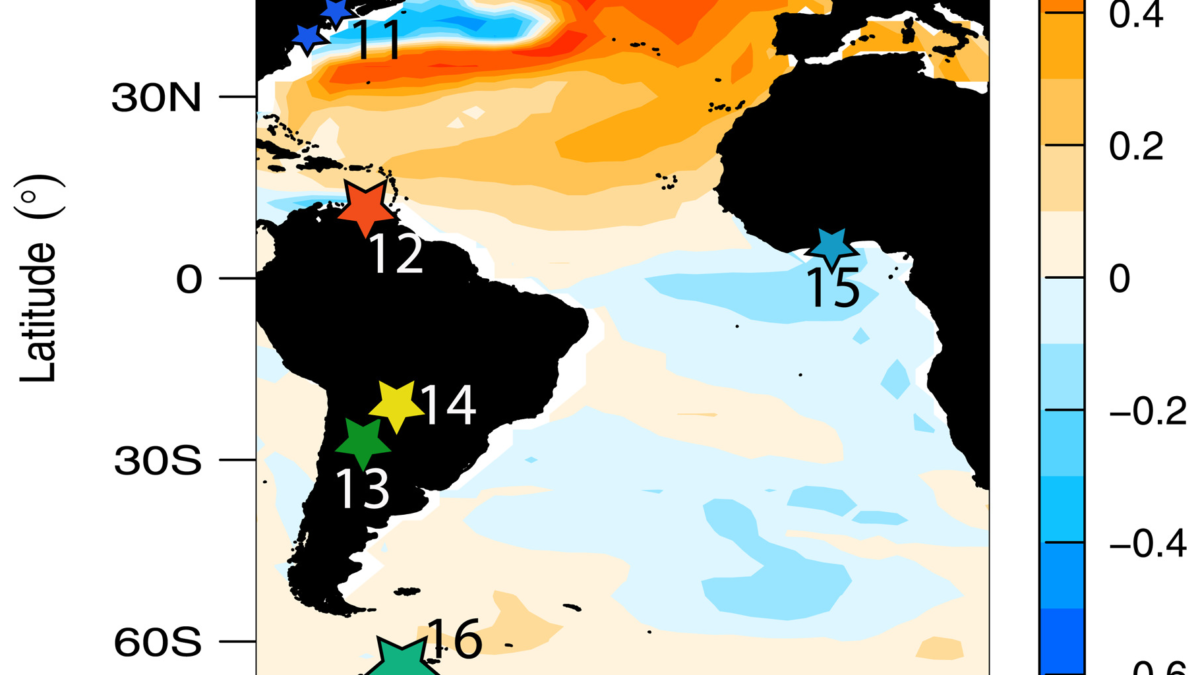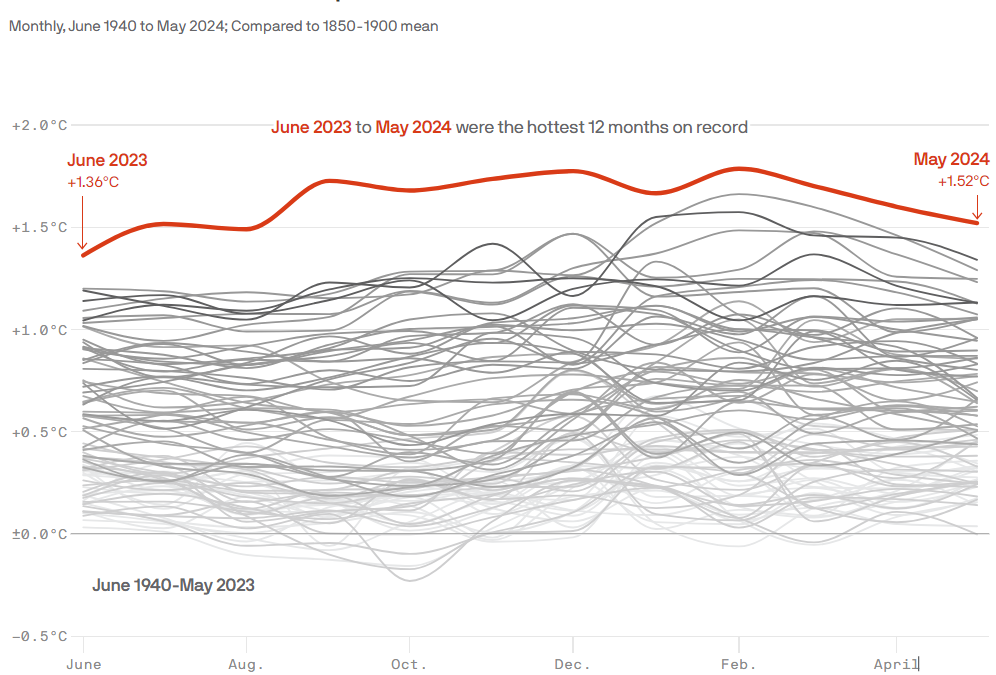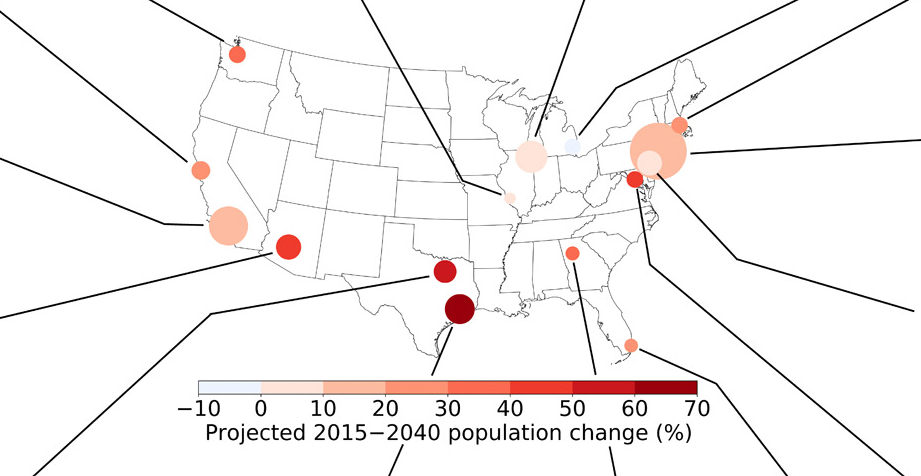U.S. states siphoned away $750 million in infrastructure law climate funds – “It’s an absolute failure that this is allowed to happen”

By Ian Duncan
27 July 2023
(The Washington Post) – With $14 billion in new federal funding, the infrastructure law was supposed to jolt efforts to protect the U.S. highway network from a changing climate and curb carbon emissions that are warming the planet. New records show the effort is off to an unsteady start as hundreds of millions of dollars are being spent elsewhere.
Last year, 38 states made use of a provision in the law to shift about $755 million to general-purpose highway construction accounts, according to Federal Highway Administration records. The sum is more than one-quarter of the total annual amount made available to states in two new climate-related programs.
California shifted $97 million to pay for safety projects. New York moved $36 million to fund what officials called the state’s “core capital program.” Arizona said it used $20 million for its five-year highway construction program, largely for “pavement preservation,” and Louisiana used $8.2 million to fund roundabouts near an outlet mall.
Five states couldn’t account for how the money was used after it was transferred.
The nibbling away of climate funding highlights a fundamental tension in the 2021 law, which was crafted to secure bipartisan support. Protections to long-standing flexibility in how states use federal highway funding are hampering efforts by Democrats and the Biden administration to make progress on environmental goals. Amid clashes over federal guidance, the financial transfers from two climate programs — coming as weather events batter the nation’s infrastructure with increased intensity — illustrate how states have wide latitude to discount the wishes of leaders in Washington.
The records, released under a Freedom of Information Act request, show that several states said they were still putting together plans for how to use the money, typically an injection of tens of millions of dollars annually for each state. Some blamed slow guidance on how to spend the money.

Transportation projects can take years to develop, and many states have only begun grappling with what a changing climate means for their infrastructure and have argued that their power to cut emissions is limited. The overall picture is one of states slowly coming to grips with how to best use a windfall of money intended to shield thousands of miles of roads and bridges and curb carbon emissions.
The Federal Highway Administration (FHWA) credited President Biden’s focus on the environment for securing the first-of-its-kind money in the infrastructure law. The agency said it would implement the law as Congress intended, aiming to reduce the role the transportation sector plays in contributing to climate change.
“The Biden Administration recognizes climate change as a crisis facing our nation and has adopted a whole of government response, which has already meant critical new investments in carbon emissions reduction and resiliency in all elements of our nation’s infrastructure,” FHWA Administrator Shailen Bhatt said in a statement. “These investments are making a difference as states put them to use.” […]
A legal provision predating the infrastructure law allows states to shift up to half of their federal transportation funds among several programs —a provision that also applies to transportation money from the new law. Kevin DeGood, director of the infrastructure program at the left-leaning Center for American Progress, said Congress clearly intended for money to be allocated to projects that would reduce emissions or protect against extreme weather.
“It’s an absolute failure that this is allowed to happen,” he said. [more]
States siphoned away $750 million in infrastructure law climate funds


